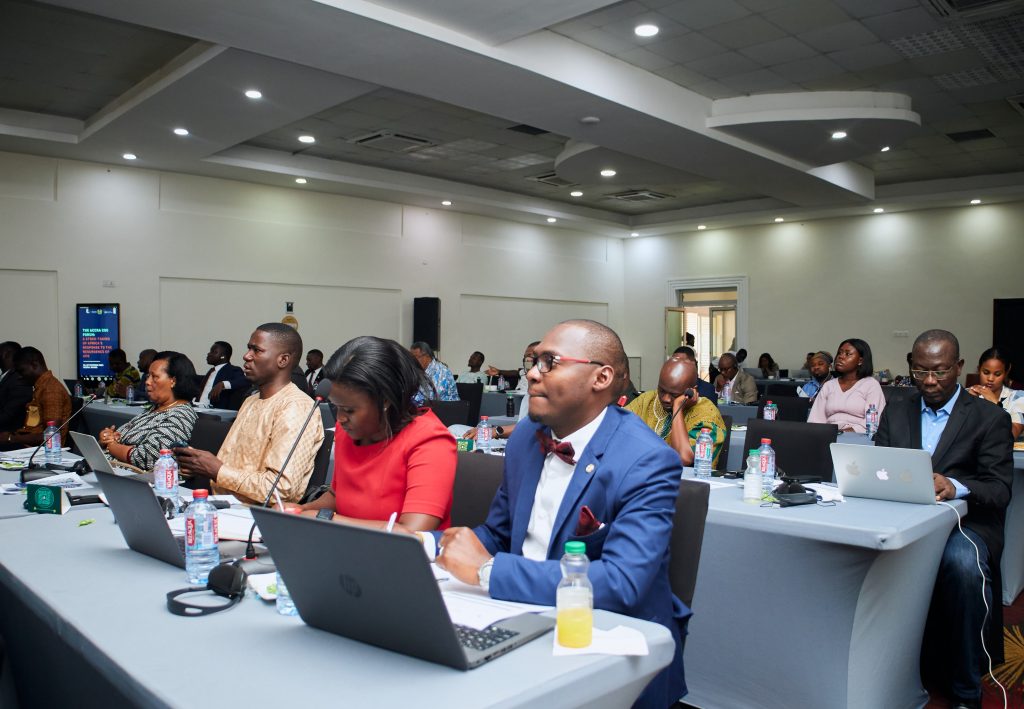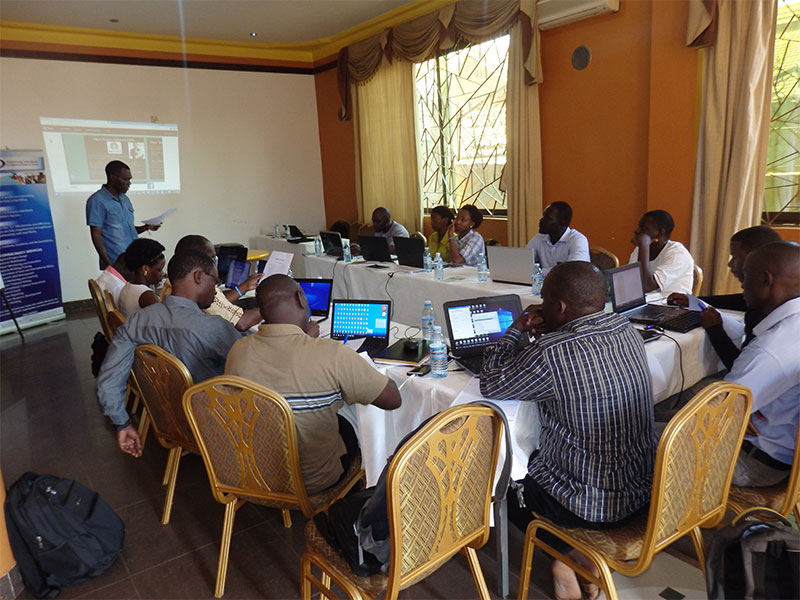
Individual Courses
Improving Leadership, Governance and Risk Management in Nonprofit Organizations Specialization
This training course is designed to provide a comprehensive understanding of Leadership, Governance, Enterprise Risk Management (ERM), sustainability techniques, Audit, and Compliance within a single program. Participants will learn about governance tools, their added value, and the barriers to effective implementation in nonprofit organizations. The course will also cover effective leadership and management strategies, including how to measure various risks specific to nonprofits. Attendees will discover how successful leadership and governance can enhance the assessment, monitoring, and reporting of governance risks.
Who is this Training Course for?
The course is suitable to a wide range of professionals but will greatly benefit:
- Middle Management, CEOs and COOs of Non-Profit Organizations
- Strategic Planners and Business Analysts
- Board Members, CEO, MD, GM and the Like
- Finance Professionals, Risk Managers and Internal Control Officers
- Risk Managers, Audit Managers, Finance Professionals and Management Professionals

The Course Content
Module 1: Improving Leadership, Governance and Risk Management in Nonprofit Organizations Specialization
Day One: Introduction to the Non-profit Organizations’ Leadership & Governance
- The Differences Between Nonprofit and For-Profit Organizations
- Nonprofit Management and Leadership focused on issues specific to nonprofits
- Effective Boards and Effective Board Members
- Leadership competencies that will enable you to help boards achieve higher levels of effectiveness
- Nonprofit boards’ multiple roles and responsibilities
- Nonprofit Leadership Competencies
Day Two: Governance – What is it about? Key Principles of Good Governance
- Why is corporate governance a must, not “nice to have”
- What are the main requirements of a sound governance?
- What are the most importance Governance Committees?
- What are the obstacles and barriers to implement effective governance?
- Why non-profit organizations need governance?
- What is the added value of implementing governance in non-profits?
Day Three: Embedding Risk Management into the Corporate Governance Culture
- What is ERM – Fundamental Concepts of Enterprise Risk Management
- Steps of ERM: Identification, Assessment, Mitigation, Monitoring and Reposting
- Operational, financial, liquidity, legal, systemic, fraudulent and non-compliance risks
- Risk Control Self-Assessment (RCSA) and Heat Map
- Risk Taxonomies and ERM Challenges
- Risk Appetite Framework (RAF)- Risk Appetite Statement (RAS)
Day Four: Three-way Relationship of Risk Management, Compliance & Internal Audit to Strengthen Governance
- The Fundamental Differences and Importance of its Convergence
- Overlapping: Healthy or Wasteful?
- Cooperation among these functions
- New Trend in Audit: Risk-based Internal Audit
- How and why audit units move into Risk-based Audit programs
- Risk-based Compliance: Definition, Responsibilities and Goals
- Anti-Money laundering and Terrorism Finance Combatting in Non-profits
Day Five: Non-Profit Boards’ Risks
- Role and Responsibilities of Board members: Strategic boards and strategic members
- Role of strategic planning and thinking in driving organization’s sustainable growth for within the context of sustainable development
- Developing strategic planning culture is required to uphold organizations’ growth
- Connecting challenges with strategic objectives
- Questions a Leader should be equipped with to Drive Organizations
- Questions to be asked for both Internal and External Auditors
